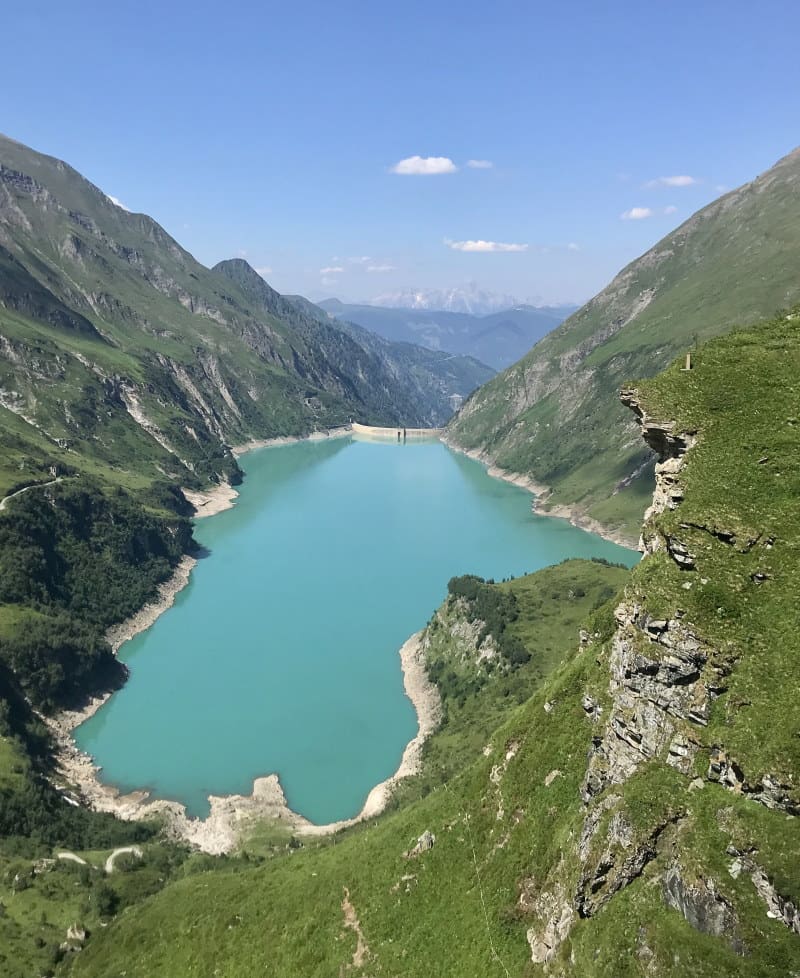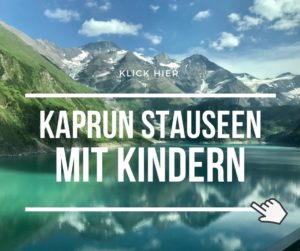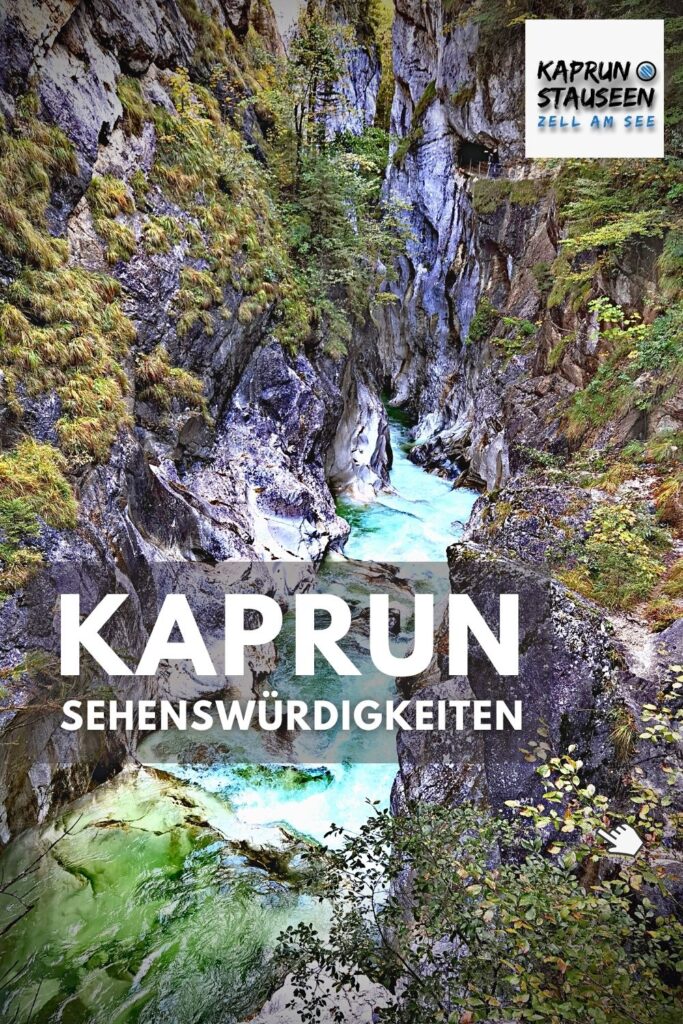Kaprun Reservoirs in Austria

The Kaprun Reservoirs are a remarkable system of high-altitude reservoirs and dams located above the village of Kaprun, nestled in the Hohe Tauern mountains of Austria. These reservoirs form a key part of the region’s hydroelectric power infrastructure while also serving as a popular destination for tourists seeking stunning alpine scenery and fascinating engineering feats.
The Kaprun Reservoir system primarily consists of two main reservoirs: Wasserfallboden and Mooserboden. The Wasserfallboden Reservoir is the lower of the two and the first point of arrival for most visitors. It lies beneath the larger Mooserboden Reservoir and above Kaprun town, serving as a transfer station where visitors arrive by bus and then take a unique inclined elevator (funicular) further up to the Mooserboden.
The Mooserboden Reservoir
The Mooserboden Reservoir is the larger, more dramatic body of water situated at an altitude of approximately 2,040 meters (6,690 feet) above sea level. Surrounded by imposing alpine peaks, it is renowned for its massive dam, which holds back an enormous volume of water. This reservoir is the centerpiece of the Kaprun power plant complex and a major draw for visitors. Walking across the Mooserboden dam offers breathtaking views and a chance to learn about the history and technology behind this impressive hydroelectric installation during guided tours.
Historical Background and Construction of Kaprun Reservoirs
The Kaprun Reservoirs were constructed in the decades following World War II as part of Austria’s post-war recovery and modernization efforts. The project was heavily supported by the Marshall Plan, the American initiative to aid European economic recovery. The goal was to secure a stable and renewable energy supply to support industrial growth and rural electrification.
Construction began in the late 1940s and continued into the 1950s, involving remarkable feats of engineering under challenging alpine conditions. Workers had to build tunnels, roads, and dams high in the mountains, often dealing with harsh weather, difficult terrain, and limited technology compared to today. The Mooserboden dam, for example, is an arch dam made of concrete, designed to withstand enormous water pressure from the reservoir behind it. Today, the complex generates about 10% of Austria’s electricity needs, showcasing the country’s commitment to sustainable energy.
Engineering and Hydropower Operation
The Kaprun complex uses a pumped-storage hydroelectric system, which allows it not only to generate electricity when water is released but also to pump water back up into the reservoirs during periods of low electricity demand. This makes the system highly efficient and flexible, able to balance supply and demand on the power grid.
Water from the Mooserboden reservoir flows through penstocks (large pipes) down to the underground power stations, where turbines convert the kinetic energy of falling water into electrical energy. This clean, renewable energy is then fed into Austria’s national grid.
The reservoirs also act as natural water storage, regulating water flow and preventing flooding downstream in the valley.
Visitor Experience and Tourism
Today, the Kaprun Reservoirs attract a wide range of visitors—from technical enthusiasts interested in hydropower technology to families and nature lovers eager to experience alpine beauty.
Visitor highlights include:
- Guided tours of the dam and power station, where guests can learn about the history, technology, and environmental importance of the reservoirs.
- Walking across the Mooserboden dam, an impressive structure offering panoramic views of the surrounding mountains and glacial valleys.
- Scenic hiking trails starting from the reservoirs, including gentle paths suitable for families and more challenging alpine routes.
- The unique inclined elevator (Schrägaufzug) ride from Wasserfallboden to Mooserboden, offering spectacular views and a taste of alpine engineering.
Facilities such as a visitor center, rest areas, and cafes enhance the experience, making the reservoirs an accessible and enjoyable destination for all ages.
GOOD TO KNOW
Visitors can reach the reservoirs only during the summer months, typically from late May or early June until October, depending on snow conditions. The journey itself is an experience: buses take visitors from Kaprun to Wasserfallboden, and from there, the special inclined elevator climbs steeply to Mooserboden. This unique transport system is not only functional but also adds to the adventure of visiting the high alpine reservoirs.
The Kaprun Reservoirs are accessible to people with mobility challenges, featuring barrier-free paths, wheelchair-accessible buses, and facilities, making it an inclusive destination. Dogs are welcome, provided they have a muzzle and are kept on a short leash while on the buses and elevator.
While the reservoirs offer fantastic opportunities for hiking, photography, and learning about alpine hydropower, swimming is not permitted due to the extremely cold glacier-fed waters and safety regulations. Cycling is also prohibited on the access roads because of narrow tunnels and bus traffic.
Each year, between 150,000 and 200,000 visitors come to admire the Kaprun Stauseen, drawn not only by the technological marvel but also by the pristine alpine environment. The reservoirs are situated within the Hohe Tauern National Park, adding a layer of natural beauty and environmental importance.
Frequently Asked Questions about the Kaprun Reservoirs
The Kaprun Reservoirs are a system of high alpine dams and reservoirs located above the town of Kaprun in the Hohe Tauern mountains, Austria. They are used primarily for hydroelectric power generation and also serve as a popular tourist destination.
They are situated above Kaprun in the Hohe Tauern National Park, in the Austrian state of Salzburg, high in the Alps.
There are two main reservoirs:
Wasserfallboden Reservoir, which is the lower and smaller one, located below the Mooserboden Reservoir.
Mooserboden Reservoir, which is larger and located higher up at about 2040 meters above sea level.
Water levels fluctuate depending on the season. In spring, the water level is lower, rises during the summer months due to snowmelt, and reaches its highest level in autumn.
Yes, dogs are allowed on the buses and the inclined elevator, but a muzzle and a short leash are required.
Yes, the entire area is barrier-free, including toilets, buses, the inclined elevator, and the walking path on the dam. It is wheelchair and stroller accessible.
The reservoirs are open during the summer months, usually from late May or early June until October, depending on snow conditions.
The bus and inclined elevator ride takes about 45 minutes one way. Visitors typically spend at least two hours at the Mooserboden Reservoir. It is recommended to allocate a full day to fully enjoy the experience.
No, swimming is prohibited due to the very cold water temperatures, as the water comes from glacier melt.



